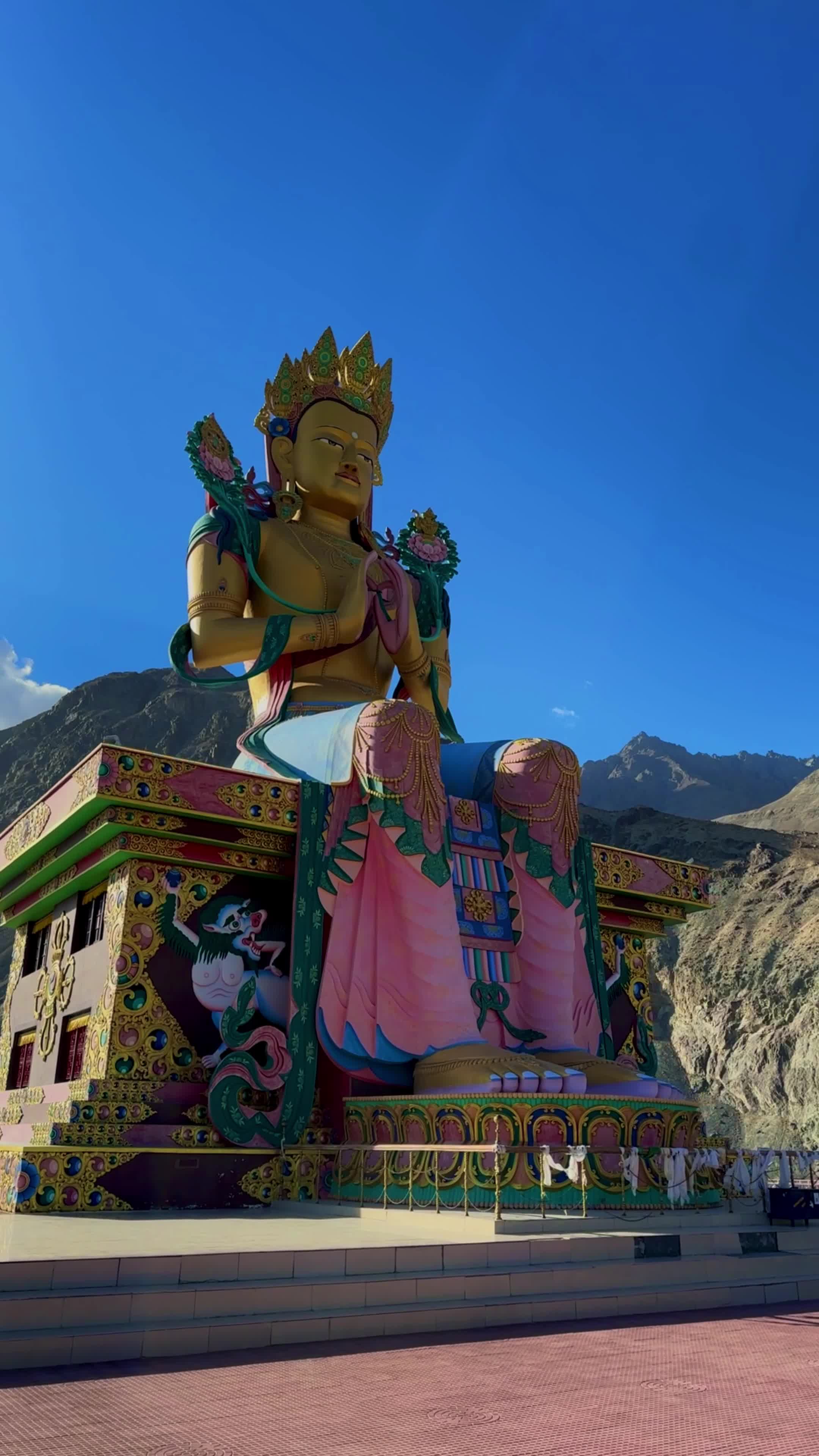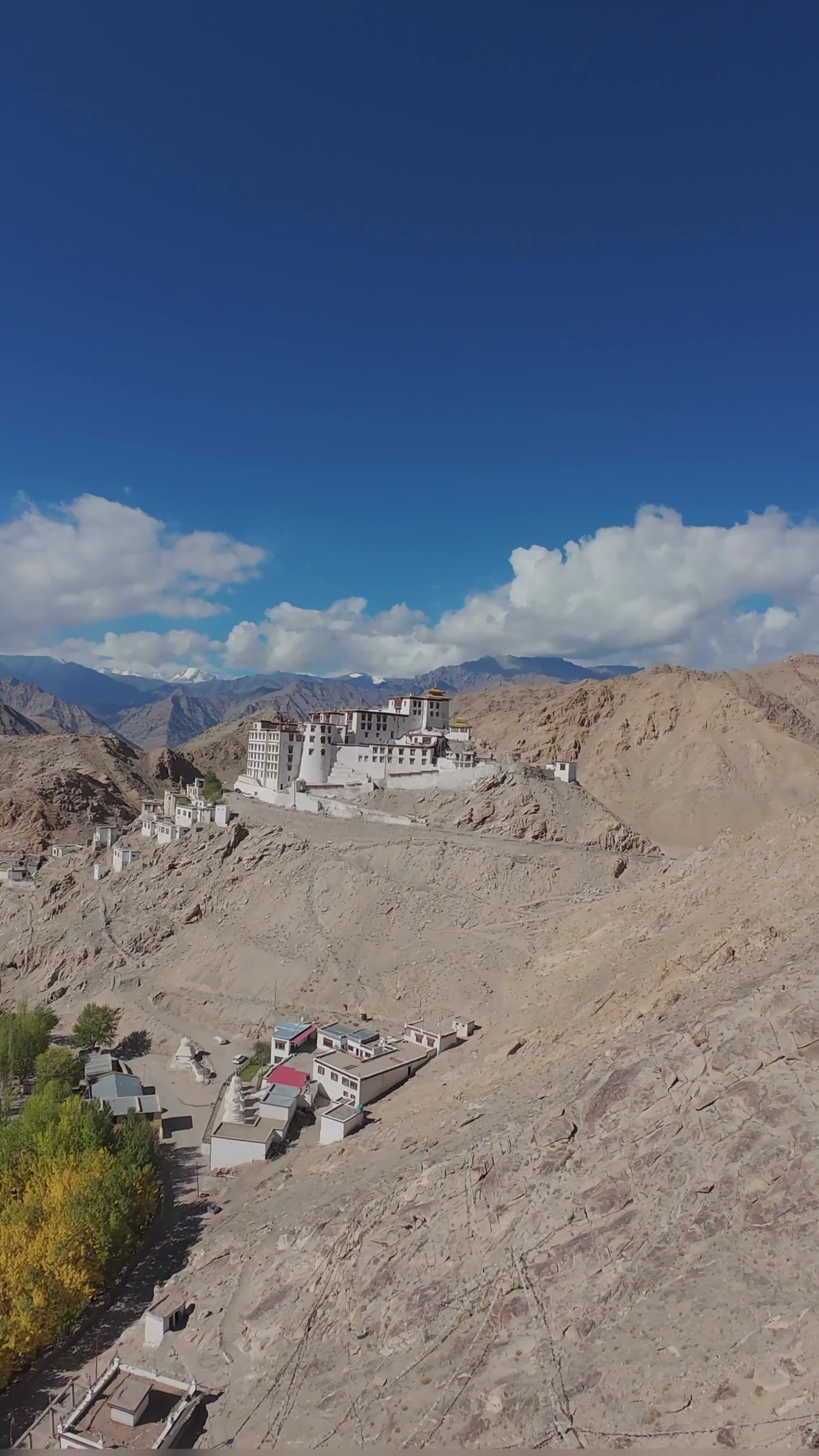How to Get There
Puga Valley is in the Changthang region of southeast Ladakh, about 22 km before Karzok (Tso Moriri). From Leh, it’s a 6–7 hour drive (approx. 200 km) via Karu – Chumathang – Mahe – Sumdo – Puga.
Roads are motorable from May to October.
Inner Line Permit (ILP) required for both Indian and foreign nationals.
What to Expect
Puga is known for its active geothermal landscape, with hot springs, steam vents, sulphur deposits, and boiling mud flats spread across a vast, open valley. The terrain looks barren but alive, with steam rising directly from the ground. There are no permanent settlements or tourist facilities, making it one of the rawest, most unfiltered natural sites in Ladakh.
Camping at Puga
Wild camping is possible, and many travelers set up camp for the night en route to or from Tso Moriri.
No official campsites, flat ground near the valley floor is available.
Be fully self-sufficient, no water, toilets, or shelter.
Nights are extremely cold, even in peak season.
Camp at least a few hundred meters away from geothermal vents for safety and environmental respect.
For the Curious
Puga is part of India’s only active geothermal zone, with scientific interest since the 1970s.
There are plans to develop clean energy here, but the area remains largely untouched.
You may spot Changpa nomads and herds of pashmina goats grazing in nearby hills.
In winter, the ground freezes but the springs continue steaming, an extreme contrast.
Good to Know
No entry fee. ILP required.
Altitude: ~4,400 m, acclimatize in Leh for at least 2 nights before. CARRY OXYGEN CANISTERS JUST IN CASE.
No fuel or mobile signal, carry spare jerry cans, offline maps.
Combine with Tso Moriri, Tso Kar, or Karzok village.
Leave no trace, pack out all waste, avoid stepping on mineral patches or springs.




















